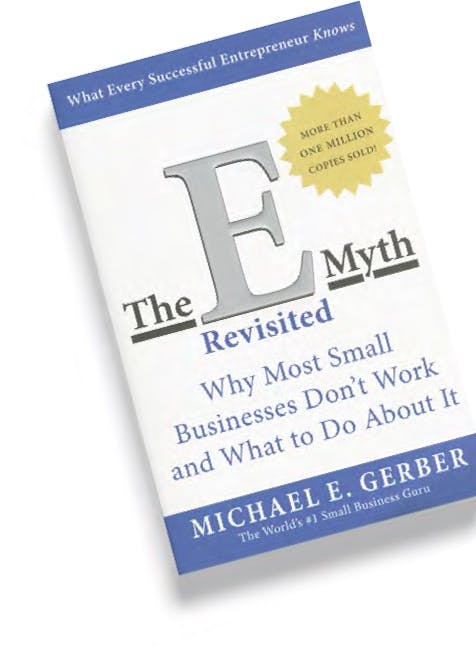"Work on it, not in it."
- Michael E. Gerber, EMyth Founder and Author of The E-Myth Revisited

We combine time-tested systems with the accountability and guidance of a 1:1 mentor to support not only the growth of your business, but also the growth of its leader—you.

OtterBox wouldn't be here today without EMyth.
Curt Richardson, OtterBox
Curt Richardson · OtterBox · Fort Collins, CO
Don Kick · Impact Shirts · Los Angeles, CA
Kolby Moser · Aria Studios · Honolulu, HI
Don Weaver · SameDay Heating & Air · Salt Lake City, UT
Explore our latest insights, downloads and practical tools through Inside EMyth.


This is going to be a big investment that’s going to change everything.
Kolby Moser, Aria Studios
Our team is here to help you understand what you need to build the business you want—starting with a brief introductory call with an EMyth Program Advisor. It’s your opportunity to discuss what’s challenging you most in your business and see if a free session with an EMyth-Certified Coach can give you the answers you’re looking for.
